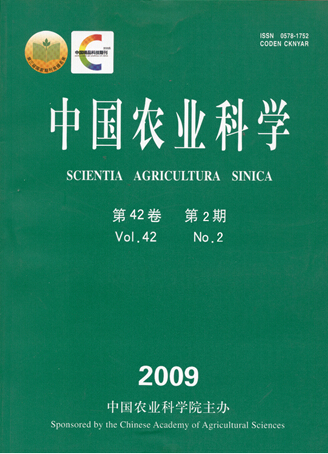【Objective】Studies on effects of dietary concentration to forage rate on microbial protein recycling in rumen of goats were carried out using a technique of fluorescence-labeled bacteria (FLB). 【Method】 In an experiment, 4×4 Latin squares were conducted by using four Xuhuai goats with permanent cannulas, and diets were divided into A (10﹕90), B (30﹕70), C (50﹕50), and D (70﹕30) by varying concentration to forage ratios, which concentrated food were corn-soybean meal, while forage was straw. 【Result】 The result showed that, rumen micro-ecosystem was changed significantly by concentration to forage rate. The highest protozoal density was recorded in group C which the dietary concentration to forage rate was set as 50:50, whereas densities of both protozoa and bacteria were lowest in group A; grazing rates of rumen protozoa on bacteria were 429.5, 366.74, 389.48, and 402.2 cells?cell-1?h-1, respectively in group A, B, C, and D. When the corresponding values expressed as bacteria-N were: 2.319, 1.98, 2.103, and 2.172 pg N?cell-1?h-1, respectively.【Conclusion】Extrapolating the assimilation of quantity of nitrogen by ciliates on bacteria of Xuhuai goat with different diets, there were 136.49, 369.02, 485.99, and 440.56 mg N/(d?capita) in groups A, B, C, and D, respectively. It was estimated that the protein losses due to microbial recycling were 0.853, 2.306, 3.370, and 2.754 g/(d?capita), respectively, with group C recording the highest bacterial protein loss and turnover rates (3.07%).









